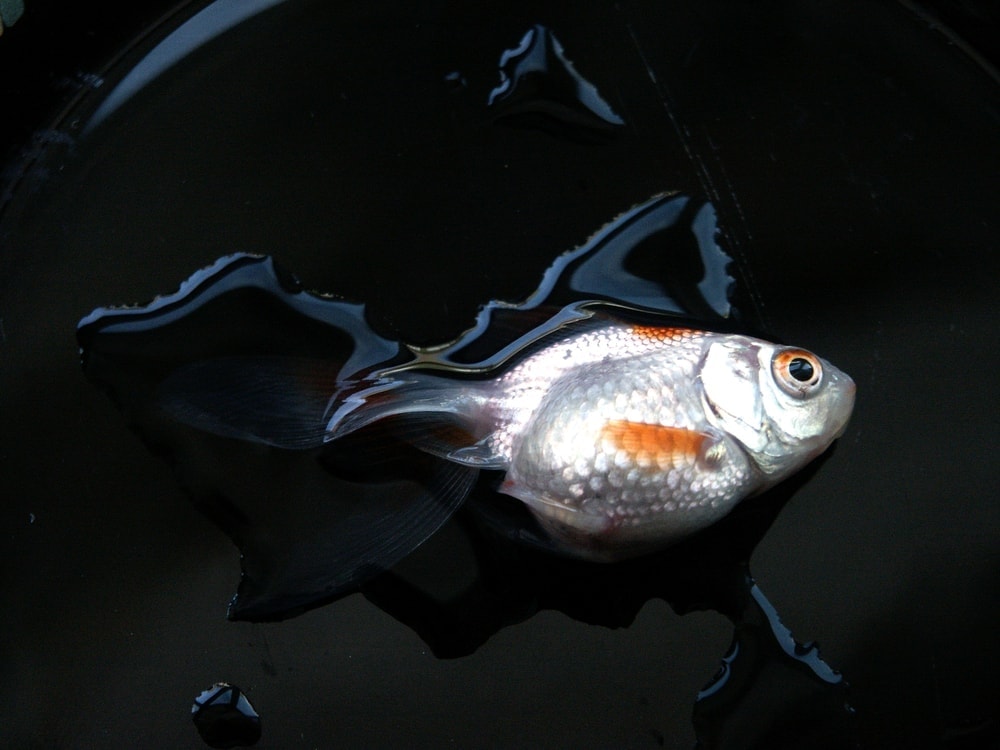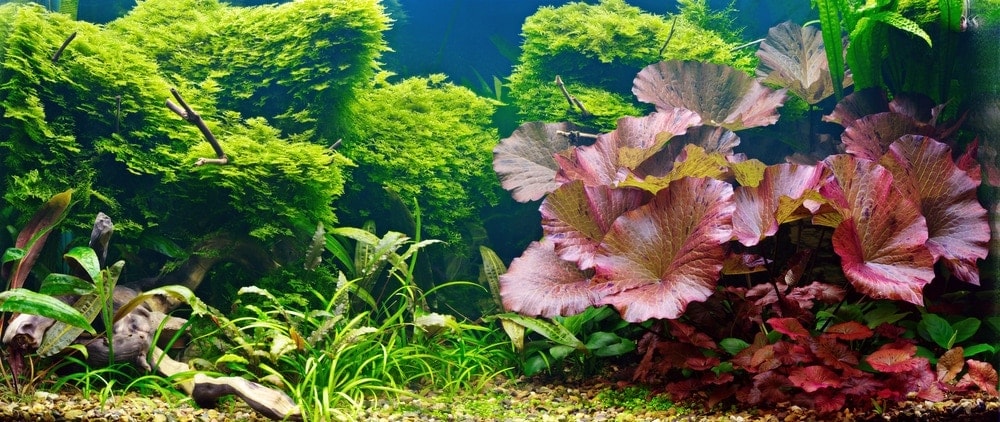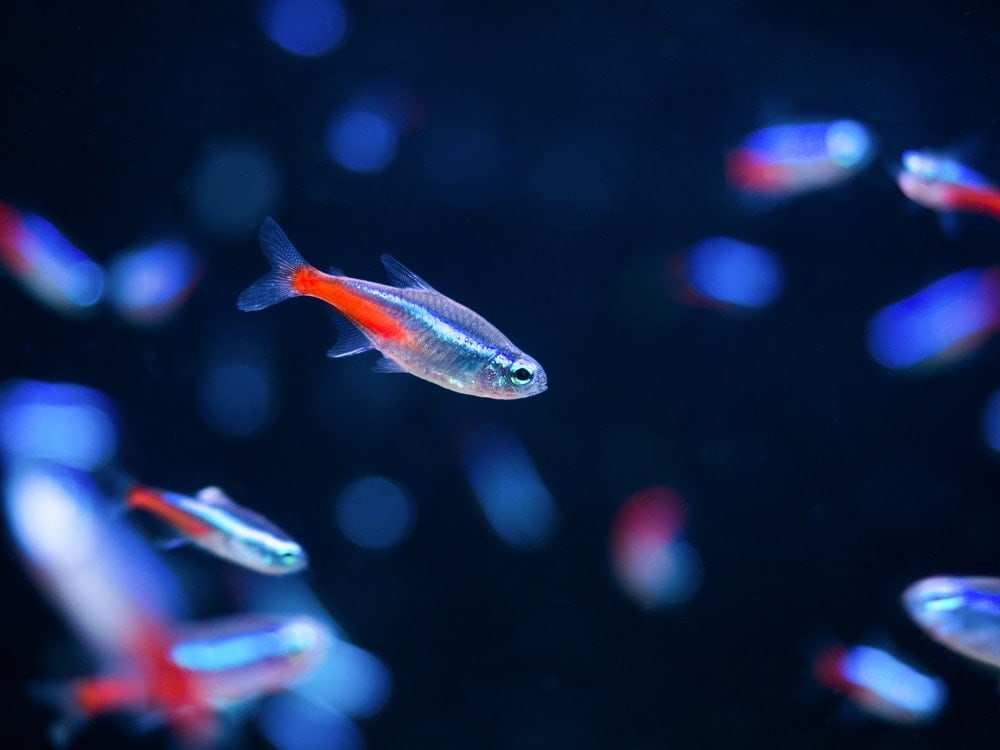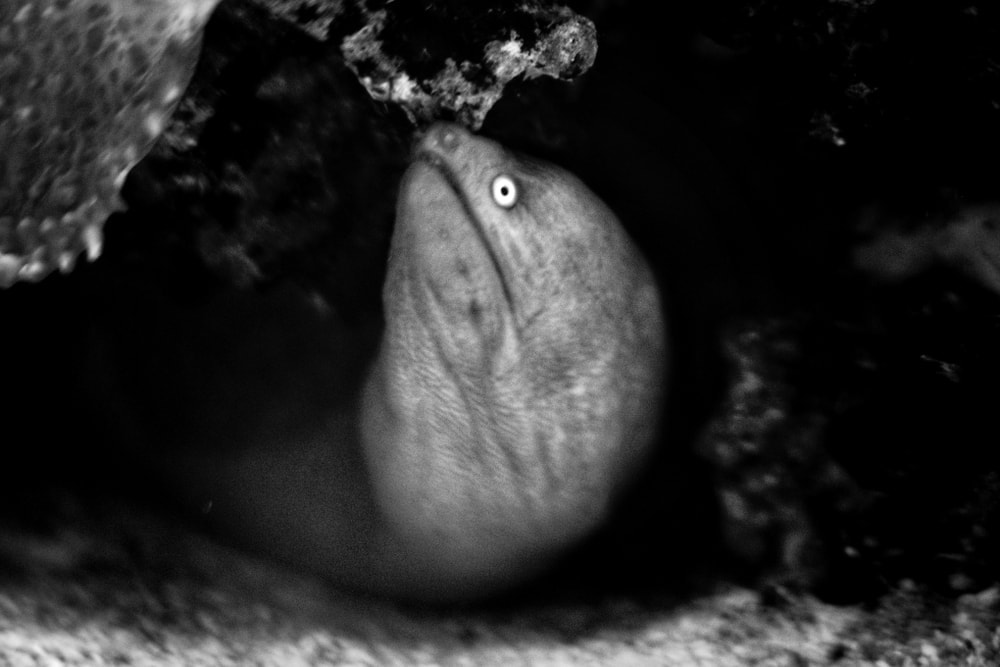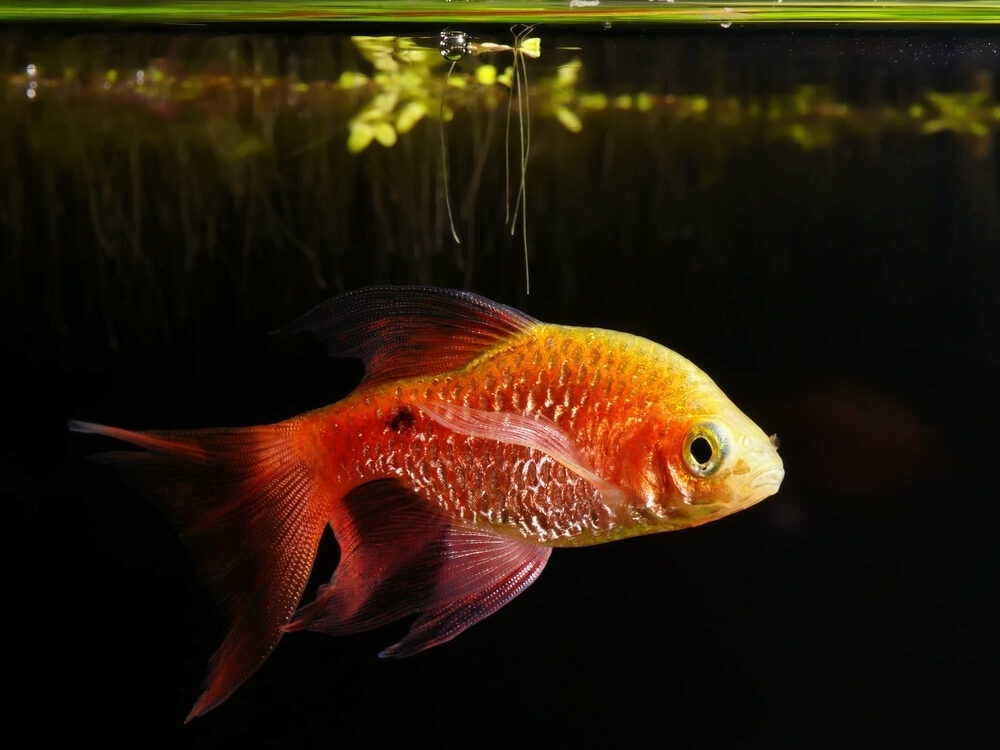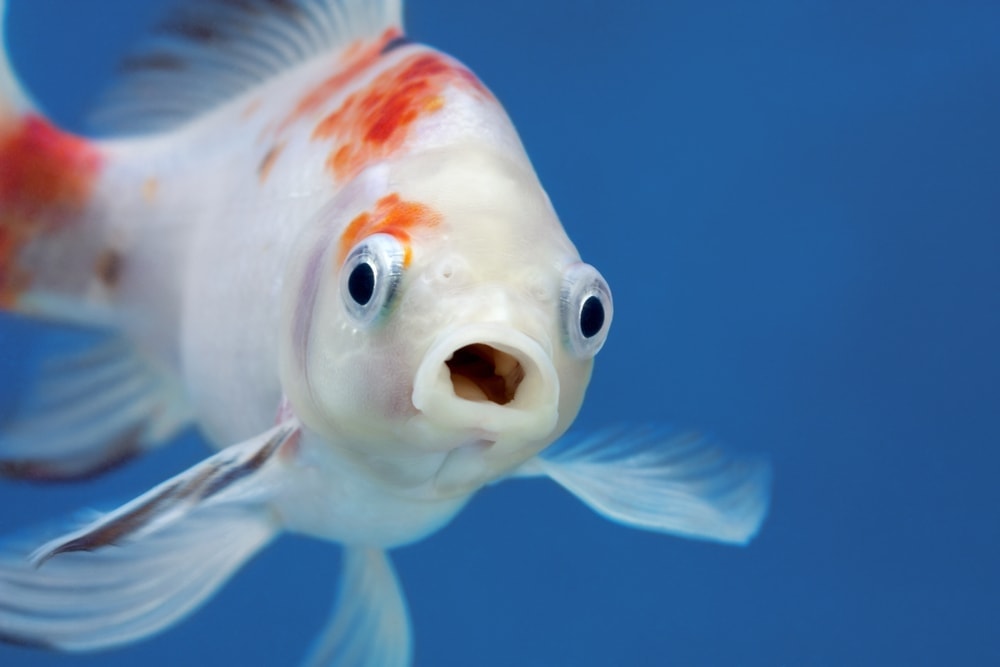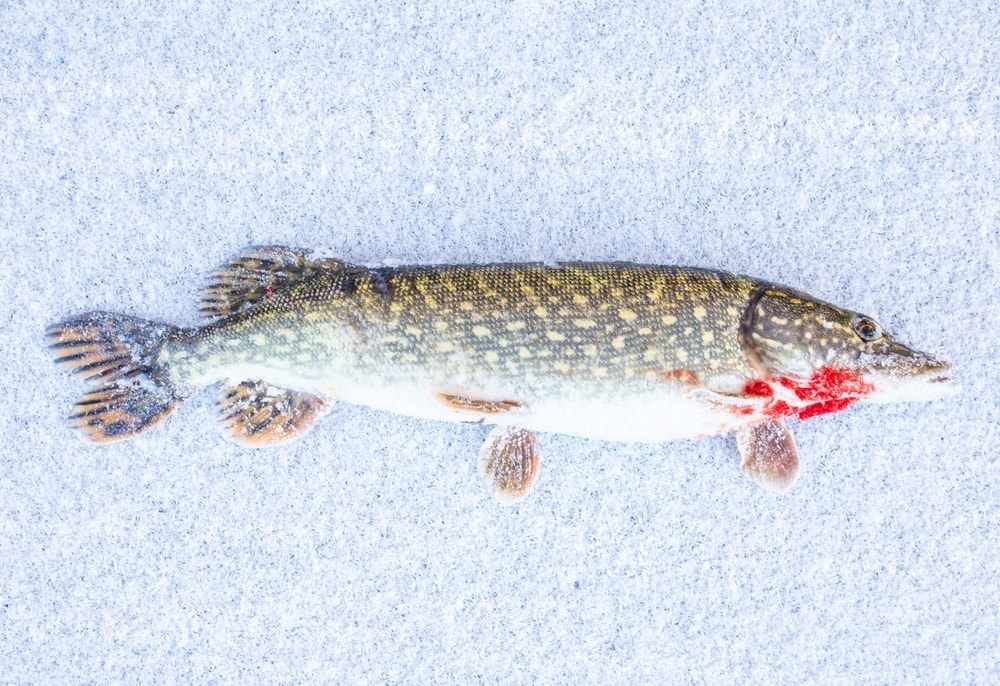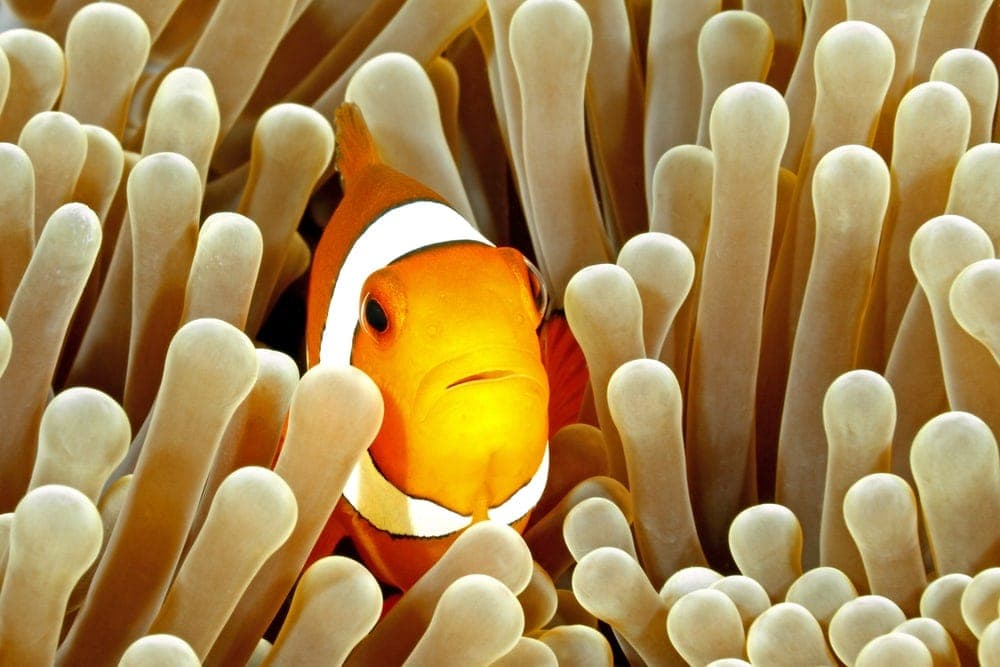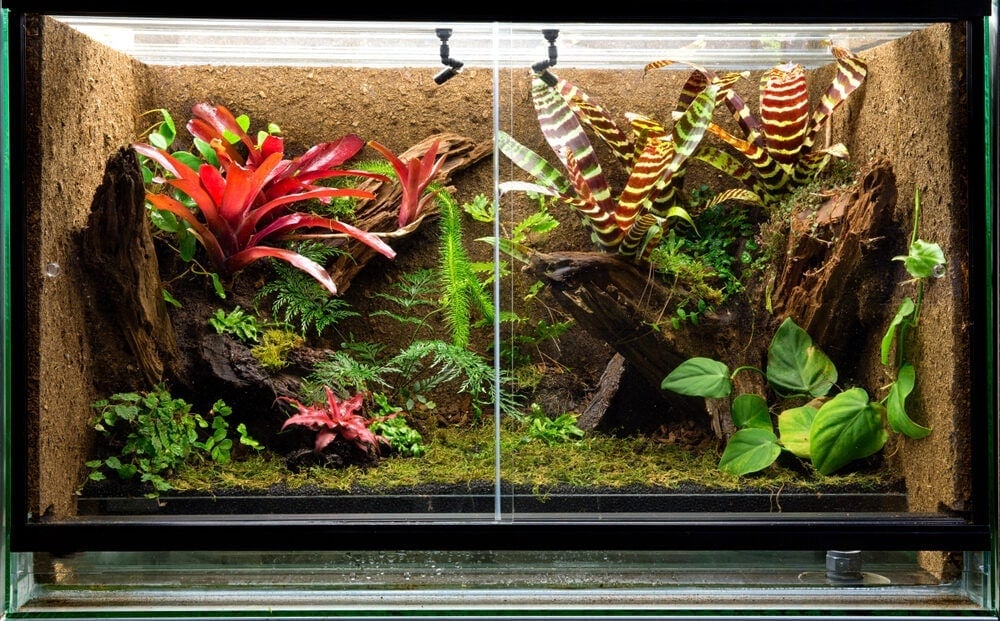Dechlorinators are chemicals that remove chlorine, chloramine, ammonia, nitrates, and heavy metals from the tap water put into a fish tank.
Chlorine and chloramine are added to our drinking water to kill bacteria and other pathogens that can make humans and larger animals sick. However, chlorine and chloramine are toxic to fish and may harm them if the tank is left untreated.
The use of a dechlorinator is NOT dangerous to fish and will not kill them. Following a few simple guidelines will ensure the best results from a dechlorinator. Test your water first to determine your chlorine levels.
Make sure to follow the directions on the bottle. Provide enough oxygen in the water, and only treat the water being removed. When used correctly, dechlorinator will not kill fish.
The Popularity of Fish Tanks in the Home
Fish are the third most popular household pet, coming in only behind dogs and cats. Fish tanks can be made of saltwater or freshwater and claim many health benefits such as reducing stress and anxiety, and lowering heart rate and blood pressure.
Fish tanks must be kept clean and the water chemically balanced in order to keep their inhabitants healthy. Removing harmful products like chlorine, chloramine, ammonia, nitrates, and heavy metals are essential. Keeping the water oxygenated with plants or air stones is also critical for fish health.
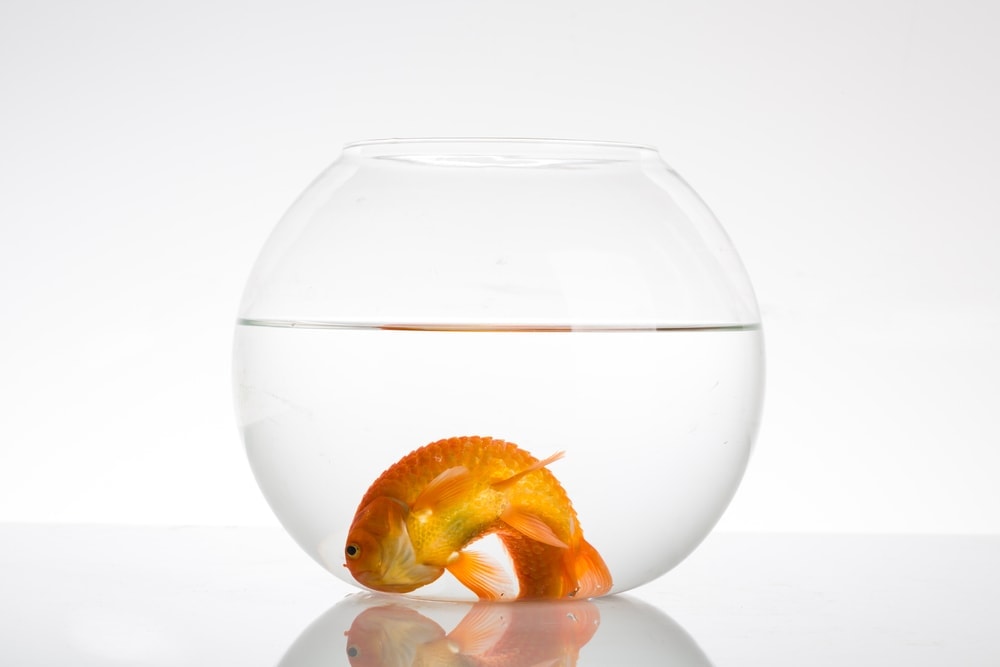
What Is Dechlorinator?
Simply put, a dechlorinator uses sodium thiosulfate to remove chlorine and chloramine from tap water. The local water suppliers put dilute amounts of these chemicals in our drinking water to keep us safe from bacteria that would make us sick.
The amount of chlorine and chloramine in our tap water is very low, and we do not notice any ill effects. However, the amount of chlorine and chloramine is too high for fish and will harm them and may even kill them. That is why it is essential to remove these chemicals every time new water is added to the tank.
Why Do I Need a Dechlorinator?
Chlorine and chloramine are added to both tap and well water to kill pathogens. The quantity varies and is determined by the water quality in each city.
Testing is the only way to know how much chlorine and chloramine is in the water. For fish hobbyists, the amount is important to know because if these chemicals are present in a fish tank’s water supply, they can directly irritate the gills. They may even kill delicate species of fish. Chlorine and chloramine can also damage the tank’s filter.
If the filter is not working a full capacity, a buildup of ammonia and other pollutants may occur. This buildup can alter the water environment and definitely kill fish.
What to Look for When Buying a Dechlorinator
Dechlorinators come in a variety of brands and offer a range of additives. They will all remove chlorine from tap water. However, make sure the package specifically states that it will also remove chloramine. Some dechlorinators will additionally remove ammonia and nitrates and neutralize heavy metals.
More expensive brands will even claim to have calming effects or contain moisturizers such as aloe and vitamin E. However, the majority of dechlorinators are inexpensive and are found in a local pet store or online.
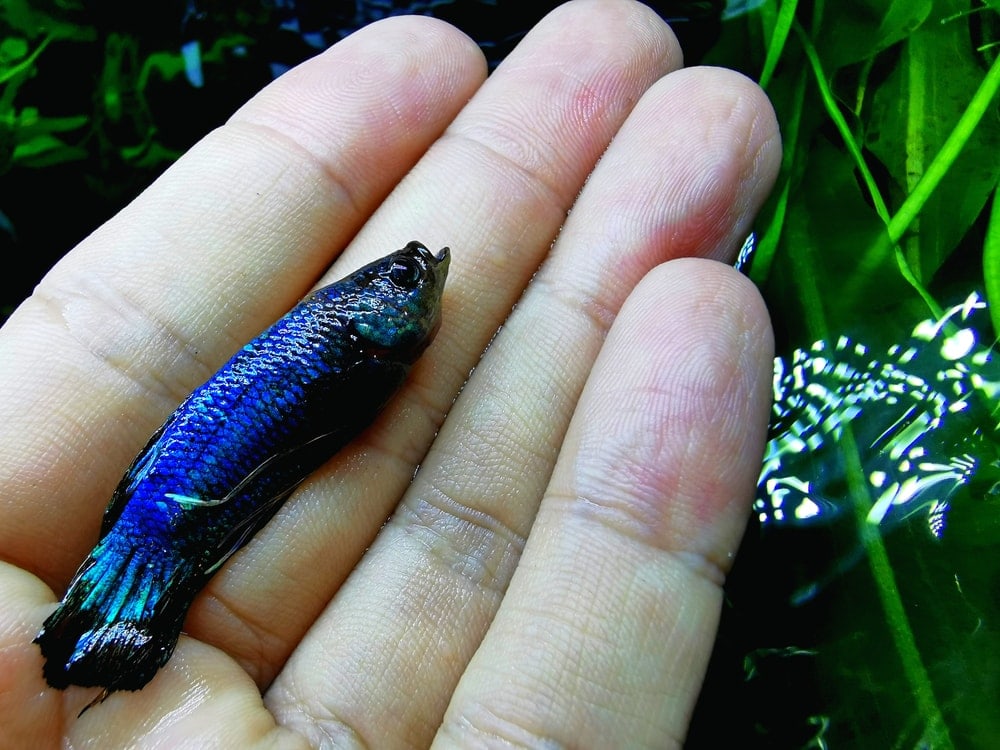
Can Dechlorinator Kill My Fish?
The short answer is no. Chlorine and chloramine kill fish, not the other way around. Dechlorinators are designed not to affect water chemistry or interact with any other additives in the tank. Note that there are a few cautions to be aware of.
Dechlorinator is very economical. The usual dose is around 1 drop for every 2 gallons of water, but be aware that different brands may recommend different doses.
Since the amount of chlorine and chloramine in water supplies vary, manufacturers must provide a dose range to cover cities that have a higher content of chlorine and chloramine in their water. The best way to use the correct amount is to test the tap water for chlorine first. Then treat with dechlorinator and test again. Sticking with the same brand will eliminate any future guesswork.
Unless the entire tank is drained, it is unnecessary to treat the whole tank every time. Only new water that is added will require treatment with a dechlorinator.
Keep in mind that dechlorinator can also pull oxygen out of the tank water. This may be a concern if oxygen levels are already low. A dechlorinator could potentially reduce oxygen levels to the amount where fish will suffer. Remedy this by using air stones, which bubble air through the water, or by growing aquatic plants in the tank.
The only other drawback to dechlorinators is the possibility of product buildup in the filters over time. This buildup is especially seen in smaller sized tanks where dechlorinators that include extra additives are used.
Are There any Alternatives to Dechlorinators?
Dechlorinators act rapidly. 2 minutes is usually all that is needed to eliminate chlorine in water. Chloramine is neutralized in 5 minutes. However, allowing water to stand overnight will usually allow the chlorine in it to evaporate on its own.
Placing an air stone in the water will speed up this process even more. Chloramine is harder to remove naturally. Unless a high-quality carbon filter is invested in, chloramine must be removed with a dechlorinator. Look for carbon filters that use catalytic carbon as these are designed to specifically target chloramine.
Conclusion
Dechlorinators are a cheap, economical, and easy way to neutralize chlorine and chloramine added to tap water. These toxic chemicals will certainly harm fish and need to be eliminated. When used properly, dechlorinators will not kill fish.
Follow package instructions carefully and always clean and maintain filters. Make sure the tank water is receiving enough oxygen through the use of air stones or plants. It is only necessary to treat new water added to the tank. Leaving tap water to stand overnight will allow chlorine to naturally evaporate, but chloramine must be removed with a dechlorinator.
Clean, treated water will lead to healthy fish that live longer lives. There is no reason to skip using a dechlorinator in the tank.
